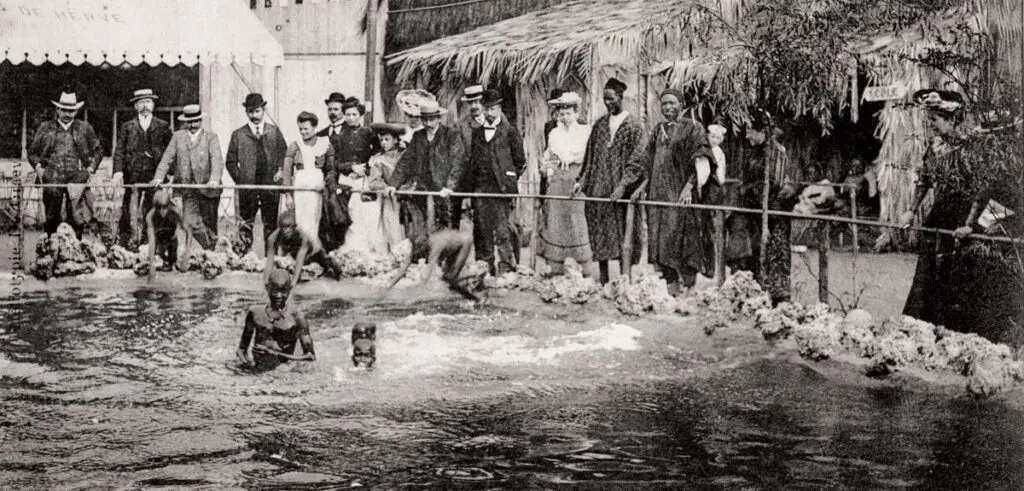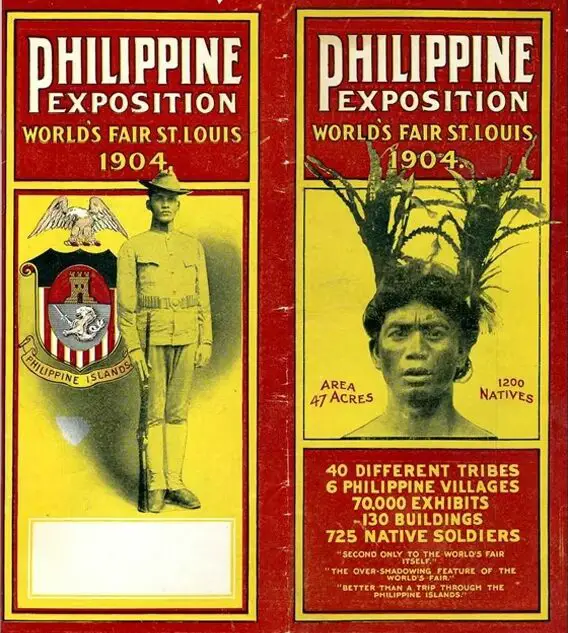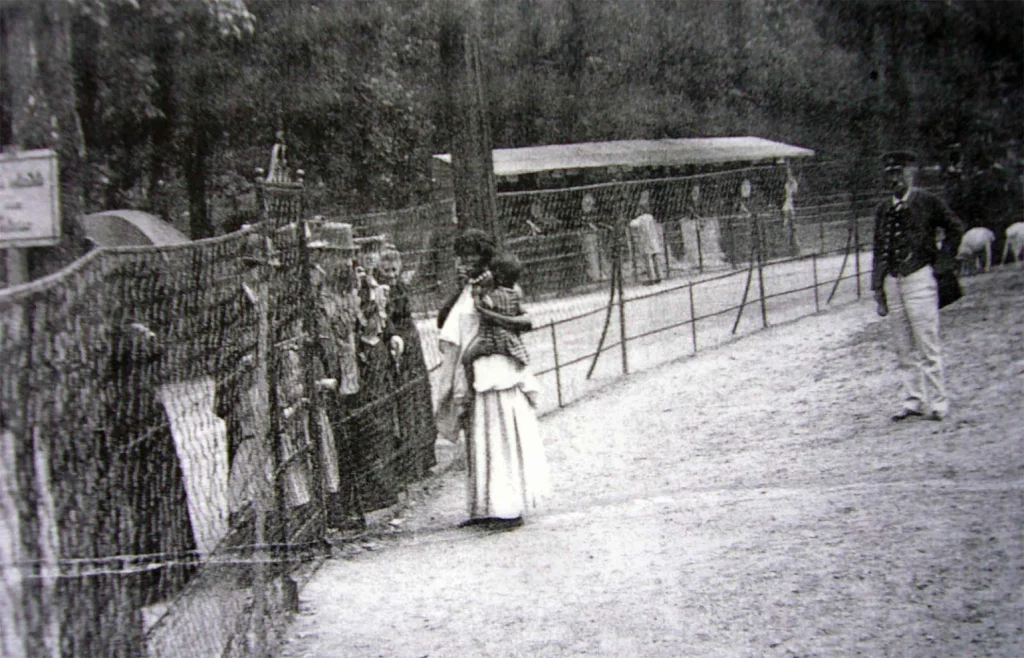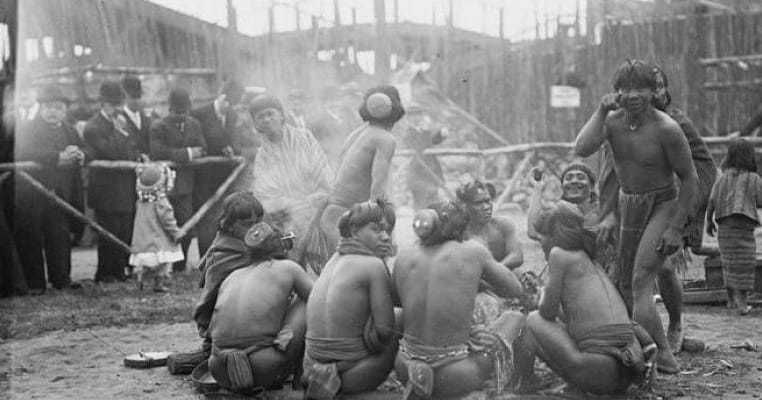Human zoos, a shocking and shameful chapter in human history, provide a chilling glimpse into the dehumanization and exploitation of individuals from diverse cultures. In this blog post, we will delve into the disturbing history of human zoos, discussing examples from Belgium (Antwerp), America, and Paris. We’ll explore what these zoos looked like from the inside and explain how and when this abhorrent practice finally came to an end.
History of Human Zoos
The history of human zoos is rooted in the late 19th and early 20th centuries when colonialism and scientific racism were at their peak. European powers, including Belgium, sought to exploit and display indigenous people from their colonies as exotic curiosities. Here are examples from three continents:
Human zoo Belgium
Belgium’s imperial ambitions led to the establishment of a human zoo in Antwerp known as the “Jardin Zoologique et Anthropologique.” The human zoo Antwerp showcased individuals from Africa, Asia, and the Americas in conditions reminiscent of their native habitats. Visitors would gaze upon these individuals, treating them as living specimens rather than fellow human beings. This however is not the only example of human zoos in Belgium. A group of people from Congo were transported in 1958 and were displayed in the capital of Brussels for the World Fair that featured a Congolese Village. A photo from the village can be seen below.

Human zoo America
The United States was not immune to the allure of human zoos. In the early 20th century, as part of the broader fascination with exoticism, these exhibits made their way to the country. One infamous example is the 1904 World’s Fair in St. Louis, where the “Philippine Reservation” showcased indigenous people from the Philippines.

Human zoo Paris
Paris, the cultural capital of Europe, also hosted human zoos. The Jardin d’Acclimatation, a popular amusement park, housed a human zoo that exhibited individuals from Africa and other colonies. Visitors would stroll through artificial villages, observing these indigenous people in their daily routines at human zoo Paris.

Inside Human Zoos: What Did It Really Look Like?
The interiors of human zoos were designed to mimic the natural habitats of the exhibited people. These mock villages or enclosures featured thatched huts, sand, and props like spears and cooking utensils. The individuals were expected to conform to preconceived notions of their culture, reinforcing harmful stereotypes.
When Did Human Zoos End?
As the 20th century progressed, human zoos faced growing criticism for their ethical implications. Pressure from civil rights activists, humanitarians, and changing societal values led to the decline of these exhibitions. The last human zoo in the Western world is believed to have closed in the 1950s.
When did the last human zoos close?
In Belgium, the Jardin Zoologique et Anthropologique in Antwerp closed its doors in 1958, marking it the last human zoo and the end of human zoos in the country. In America, the decline was more gradual, with the St. Louis World’s Fair of 1904 being one of the last notable instances. Paris, too, witnessed the cessation of such exhibits as global attitudes towards human rights evolved.
Conclusion
The history of human zoos is a grim testament to the depths of human cruelty. These exhibitions, born out of colonialism, racism, and a fascination with the exotic, dehumanized and exploited countless individuals. Fortunately, as society became more aware of the inhumanity of these displays, they faded into history. However, we must remember this dark chapter to ensure that such atrocities are never repeated.
Want to receive more exclusive reports and world news? Subscribe to our newsletter to receive regular news bites directly in your inbox.

